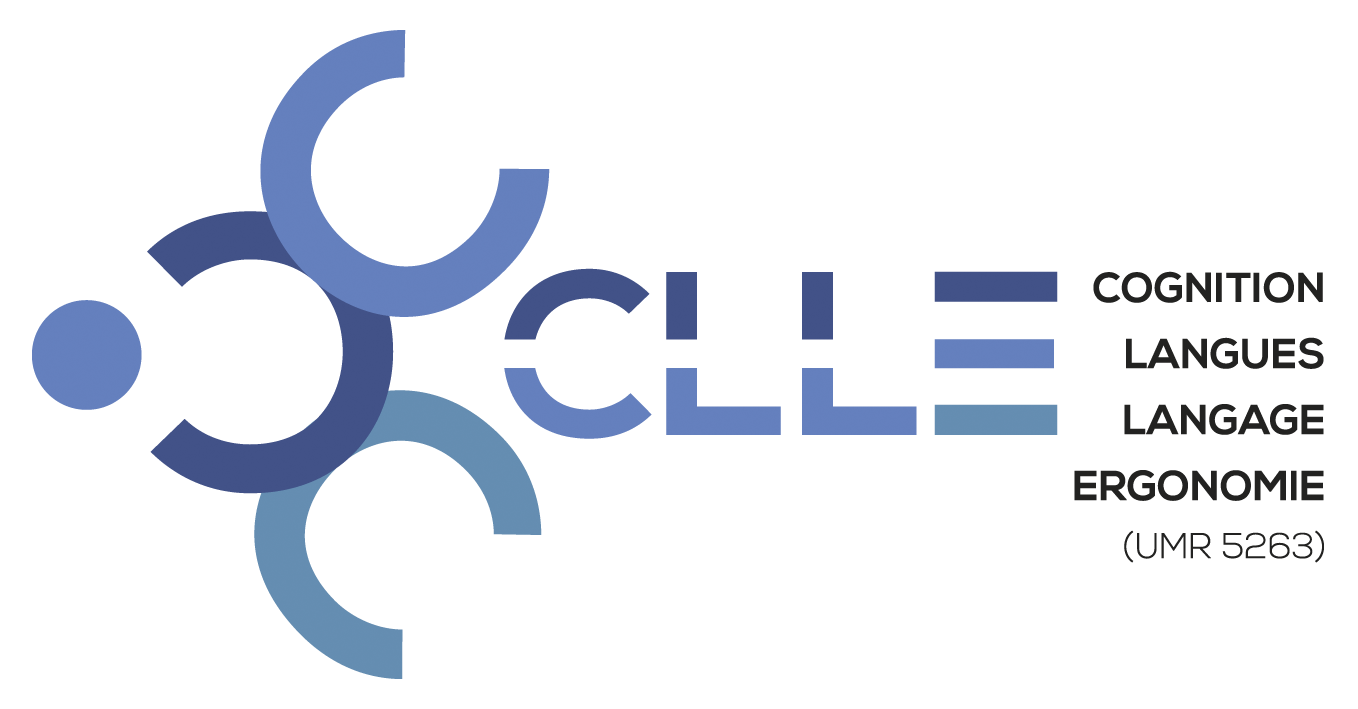-
Partager cette page
The performing body from distributed cognition to social cognition: Formal and functional analyses of gaze, gestures, and other body movements in dance solos and improvisations
Vito Evola - Blackbox Project, FCSH, Universidade Nova de Lisboa (Portugal)- Séminaire CLLE LTC (14h/15h30 - ODG3)
Cognitive functions involved in learning and improvising new things are common and well documented in humans, but research has mainly been focused on everyday tasks and the general population. This talk will focus on an expert population, namely professional dancers and performers, to identify and describe what cognitive strategies they employ for the task-specific purpose of using the body for show by analyzing their behavioral cues via eye gaze, gestures, and other body movements.Professional dancers, using their bodies as tools for artistic creations, typically either learn, practice, and perform a choreographed piece under specific time constraints, or they improvise an ad hoc performance. Two case studies will be presented: the first focusing on how dancers use their bodies as distributed cognition to memorize and rehearse a choreographed solo piece; and the second, on the role of dancers’ bodies in social cognition for the coordinated collaboration of a group improvisation performance.The first uses data collected from the daily rehearsals of the National Ballet Company of Portugal for the première production of a neo-classical dance piece. Dancers of classical ballet and of neo-classical companies typically rehearse their choreographies by running through the dance steps in a reduced form, which is physically less straining than performing them “full out”: this widespread practice is known as “marking”. We compare formal movement aspects in the dance steps, between marking sessions and the corresponding full-out session, in order to identify which aspects get reduced when dancers are gesturing to recall their choreographies. The aims of this study are above all to identify which movement parameters are perceived as essential or not when dancers mark their sequences, and what motivates the inclusion and exclusion of these parameters in their marking (e.g. affordance, conventionality, imagistic and iconic properties). One hypothesis that is tested is if the more formally conventional the dance move is (e.g. arabesque, développé), the more reduced it will be in the marking, as opposed to more novel dance steps, which would require more information encoded in their gestural forms.The second study, conducted at the dance Atelier Re.Al in Lisbon, presents a formal and functional microanalysis of what information performers intentionally “give” and what they inferentially “give off” to each other using their bodies during the social interaction of a contemporary dance improvisation. We compare what expert performers and non-performers (sufficiently trained) do with their bodies during a silent, multiparty improvisation. Because of the silent nature of the improvisation exercise, the bodies bear the entire burden of conveying socially coordinating and collaborating information.Through qualitative and quantitative analyses, we investigate whether these experts use the same strategies described in the literature (i.e. turn-taking) to socially coordinate the group’s actions and interactions, or if they have in some way learned to use their bodies differently for performance’s sake. Following the description of data and methods for each study, the results of the analyses will be presented, as well as their relevance with questions of embodiment, gesturing-for-thinking, social cognition and interaction, and performance.





